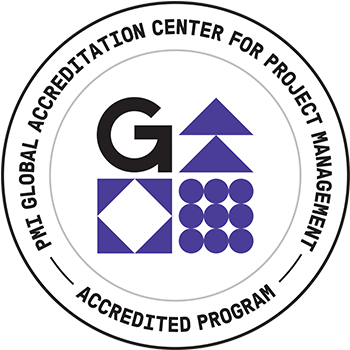
Presentation 1 of 2: How to Successfully Manage the Pivot from DevOps to DevSecOps
Abstract: DevOps has necessarily matured into DevSecOps, but there is a significant focus disparity with the Sec element. As the ‘middle child’ Sec is often over-looked and under-resourced.
DevSecOps is a holistic approach and only achieves full performance potential when all elements are working in harmony- this can only be achieved if the elements are generally in balance. Typically, attention and resources are only reactively provided to the Sec element and are withdrawn after the issue passes. There are management processes and techniques that have been proven to raise the Sec element awareness and result in long-term stable attention and resources, resulting in the Sec element being able to make greater and broader impacts, and in improved overall DevSecOps team efficiency. Understand the difference between DevOps and DevSecOps, how best to manage the pivot from DevOps to DevSecOps, and the lessons learned/best practices in maturing your DevSecOps organization.
PMI Talent Triangle: Technical Project Management (Ways of Working)
Presentation 2 of 2: It’s All About the User! UX Isn’t Just Some Informal Activity
Abstract: Lean User Experience (UX) is an important element of SAFe, but if often misunderstood, underappreciated, or incorrectly staffed. A very common project mistake is to just assign the UX responsibilities to any person on the project – typically a graphic artist – and then assume that you are properly doing UX. Unlikely nearly all other project roles, UX is not generally understood to be a career focus, and project leadership does not typically engage UX Subject Matter Experts (SMEs). This is a massive mistake, as the majority of systems derive their value from supporting users, and not focusing formal efforts on maximizing user adoption and value is a missed opportunity. Project leadership should engage, and all project staff should embrace, the involvement of UX professionals who are able to bring formal cross-functional human centered design processes and principles to ensure the solutions provide meaningful and relevant experiences to users. At the end of this session participants will be able to: 1) Understand the high-level attributes of a formal User Experience (UX) approach and the types of staff and processes used, 2) Describe the value of using User Experience (UX) Subject Matter Experts (SMEs) and the value of using SMEs versus assigning general staff to UX activities, 3) Engage User Experience (UX)-focused staff on general UX activities across their organization and specific UX activities within projects.
PMI Talent Triangle: Leadership (Power Skills)
Biography: Andrew Boyle (PMP, PMI-ACP, CISSP, CEH, SAFe SPC/SA, PRINCE2, AWS-SAA, FinOps CP, NN/g UXC) is a Distinguished Digital and Cyber Technologist with Booz Allen Hamilton and is responsible for strategy and execution of the National Agencies market space. He provides the technical vision and execution for numerous enterprise scale advanced analytic capabilities across Defense, Intelligence Community, and Fortune 100 Commercial clients. The nature of his client base places him at the bleeding edge of full-spectrum cybersecurity engagements, to which he brings an integrated approach combining cybersecurity, digital, programmatics, and user experience/engagement. As an ardent proponent for open-source solutions and open specifications for interfaces, and recognized industry expert on cybersecurity tools, he brings a holistic architectural mindset towards achieving best-of-the-best balanced digital and cyber solutions.

